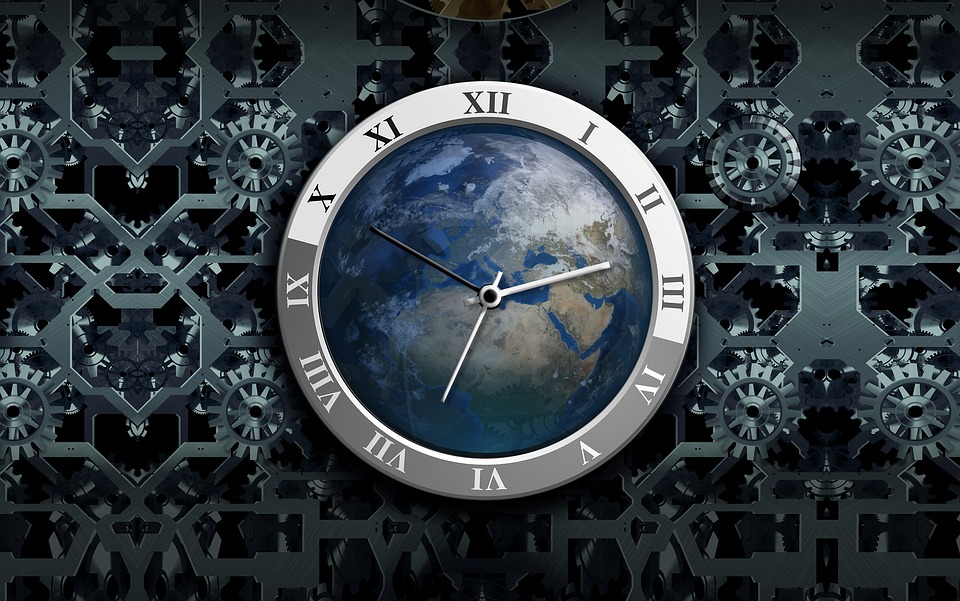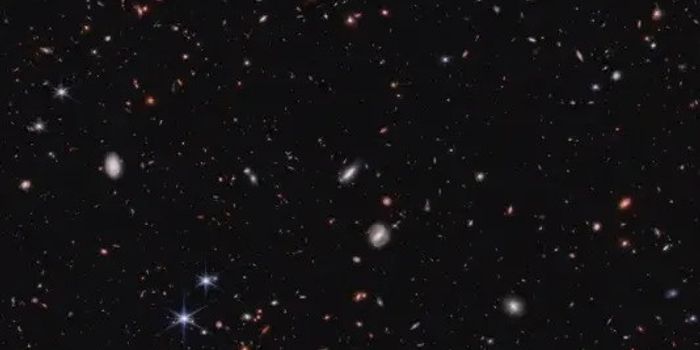Expanding on Einstein's theory of time dilation
Research published recently in the journal Nature Communications considers the influence of the quantum mechanics concept of superposition on timekeeping. Superposition refers to the ability of an atom to exist in more than one state at the same time. In the new study, researchers from Dartmouth College, Saint Anselm College, and Santa Clara University detail how this phenomenon can impact the effectiveness of high-precision clocks.
The researchers theorize how superposition can trigger a correction in atomic clocks known as "quantum time dilation.” Time dilation refers to an aspect of Albert Einstein’s theory of special relativity in which an observer moving in relative motion with respect to a clock experiences the “slowing down” of said clock. The study’s predictions go a step beyond this idea.
"Whenever we have developed better clocks, we've learned something new about the world," said Alexander Smith, an assistant professor of physics at Saint Anselm College and adjunct assistant professor at Dartmouth College.
"Quantum time dilation is a consequence of both quantum mechanics and Einstein's relativity, and thus offers a new possibility to test fundamental physics at their intersection."
The new theory combines modern techniques from quantum information science with another theory that conceptualizes how time could emerge out of a quantum theory of gravity. "Physicists have sought to accommodate the dynamical nature of time in quantum theory for decades," said co-author Mehdi Ahmadi, a lecturer at Santa Clara University. "In our work, we predict corrections to relativistic time dilation which stem from the fact that the clocks used to measure this effect are quantum mechanical in nature."

While the quantum time dilation is unthinkably minuscule, it may be possible to account for this effect using the most advanced atomic clocks, say the researchers. If possible, it is just the beginning of imagining what practical applications this theory could have in the future.
Sources: Nature Communications, Eureka Alert








